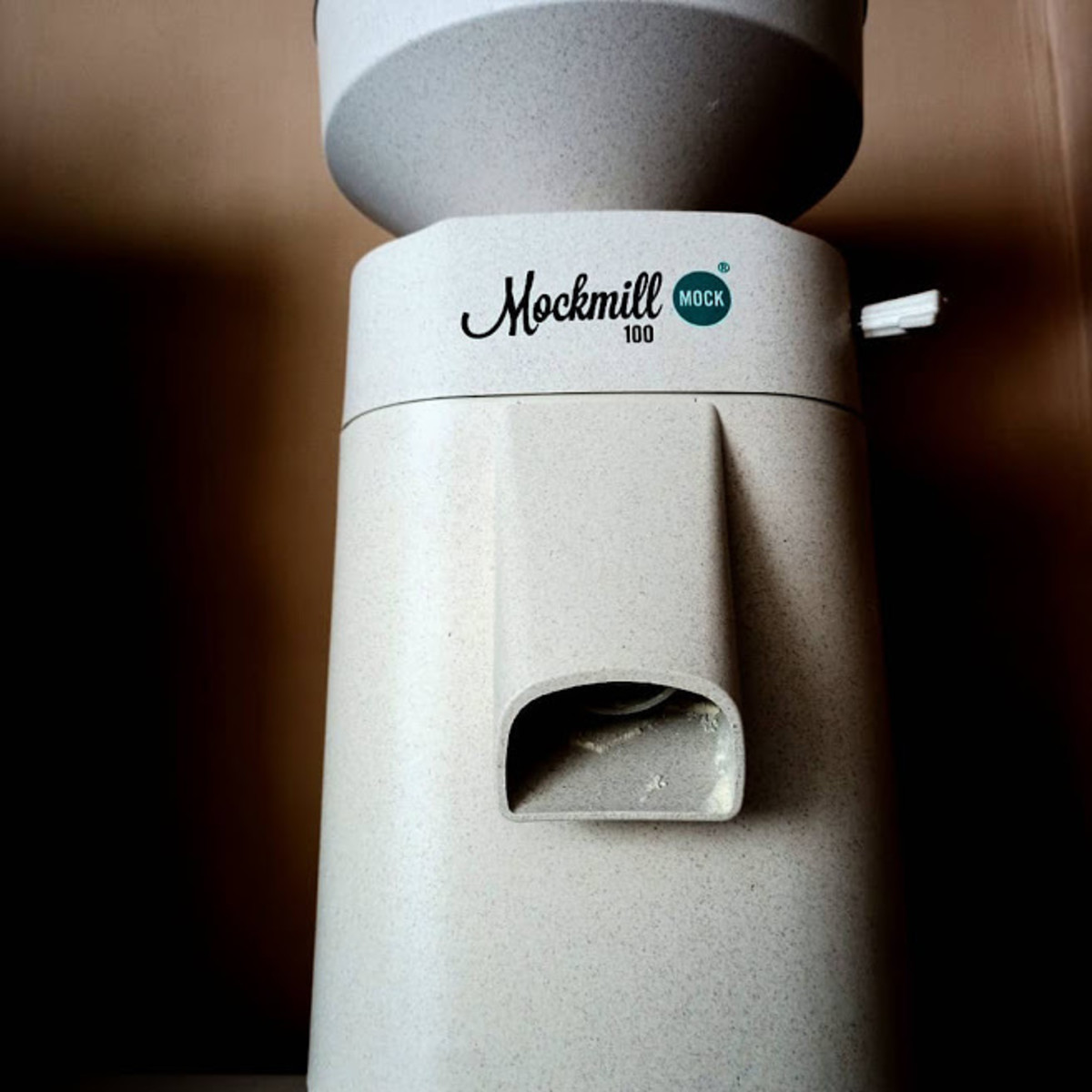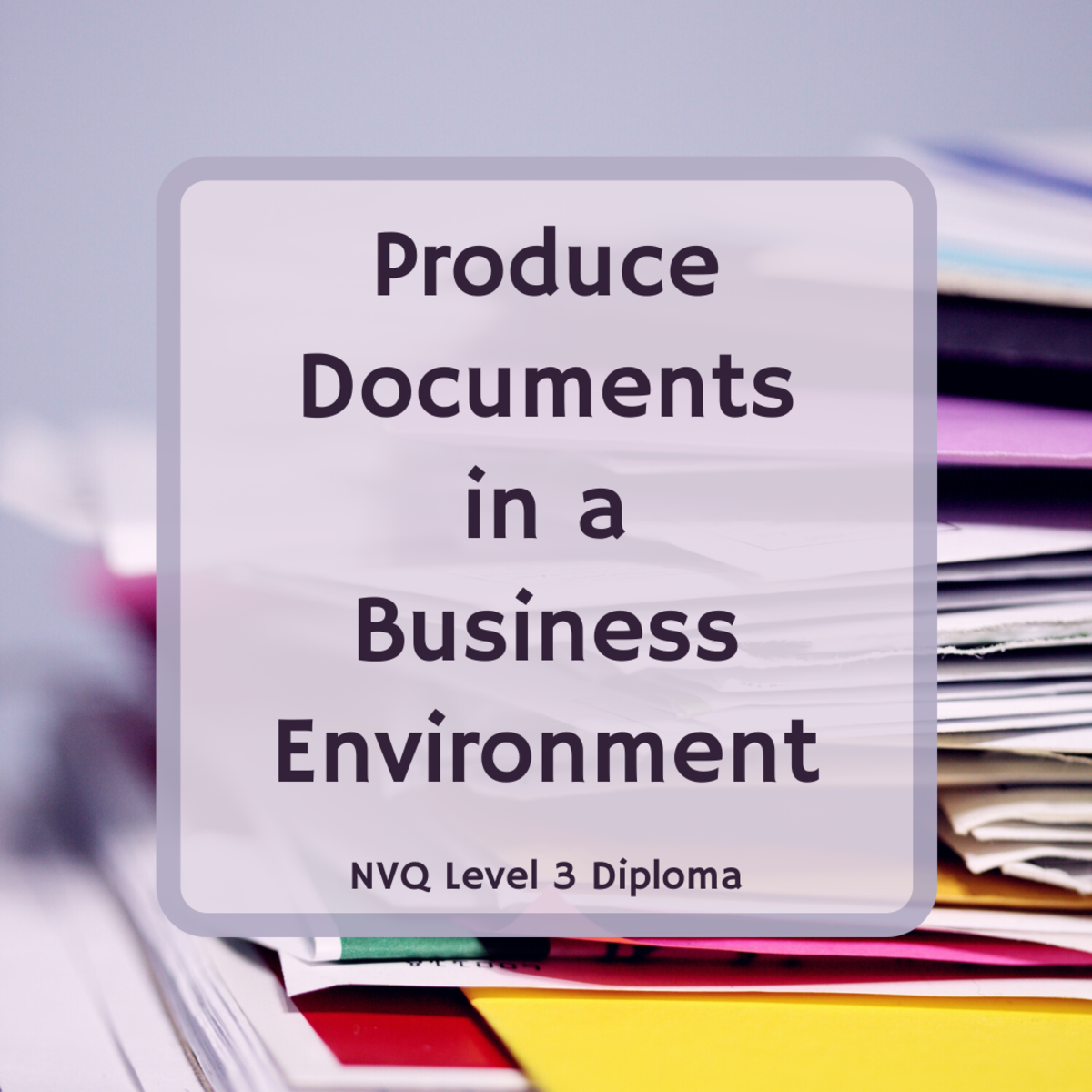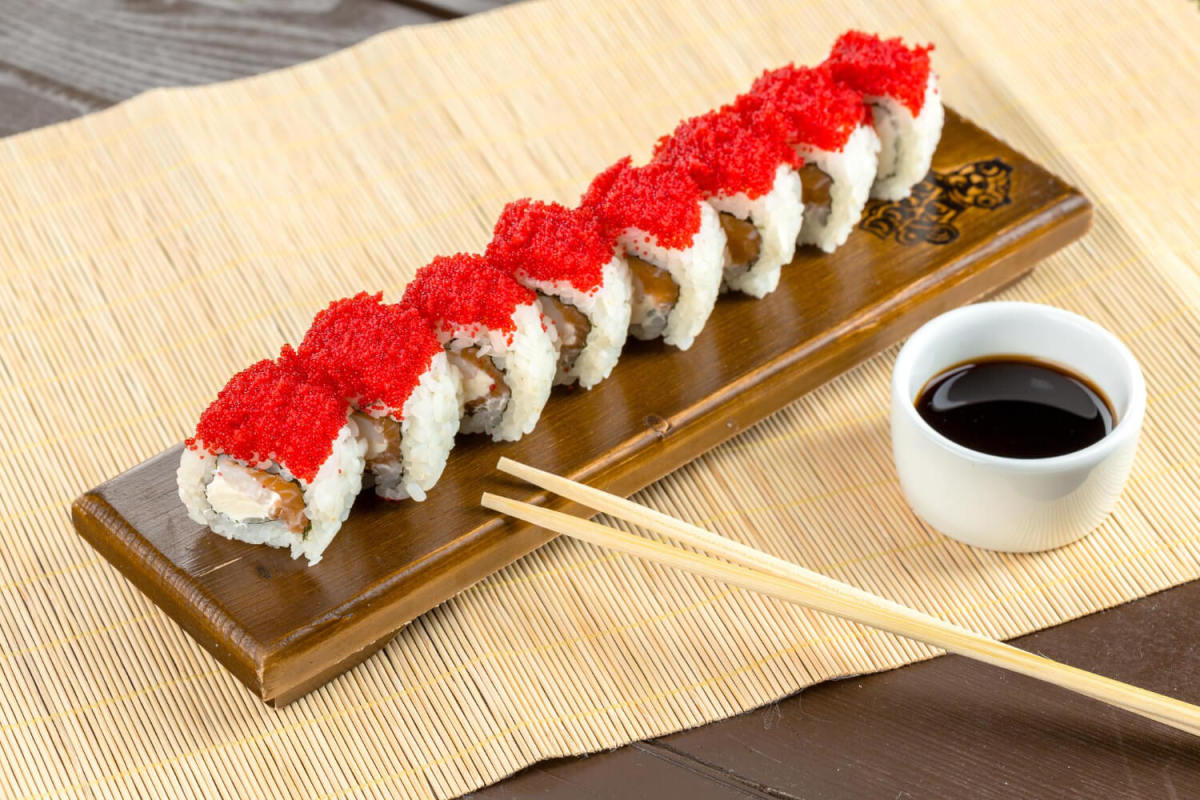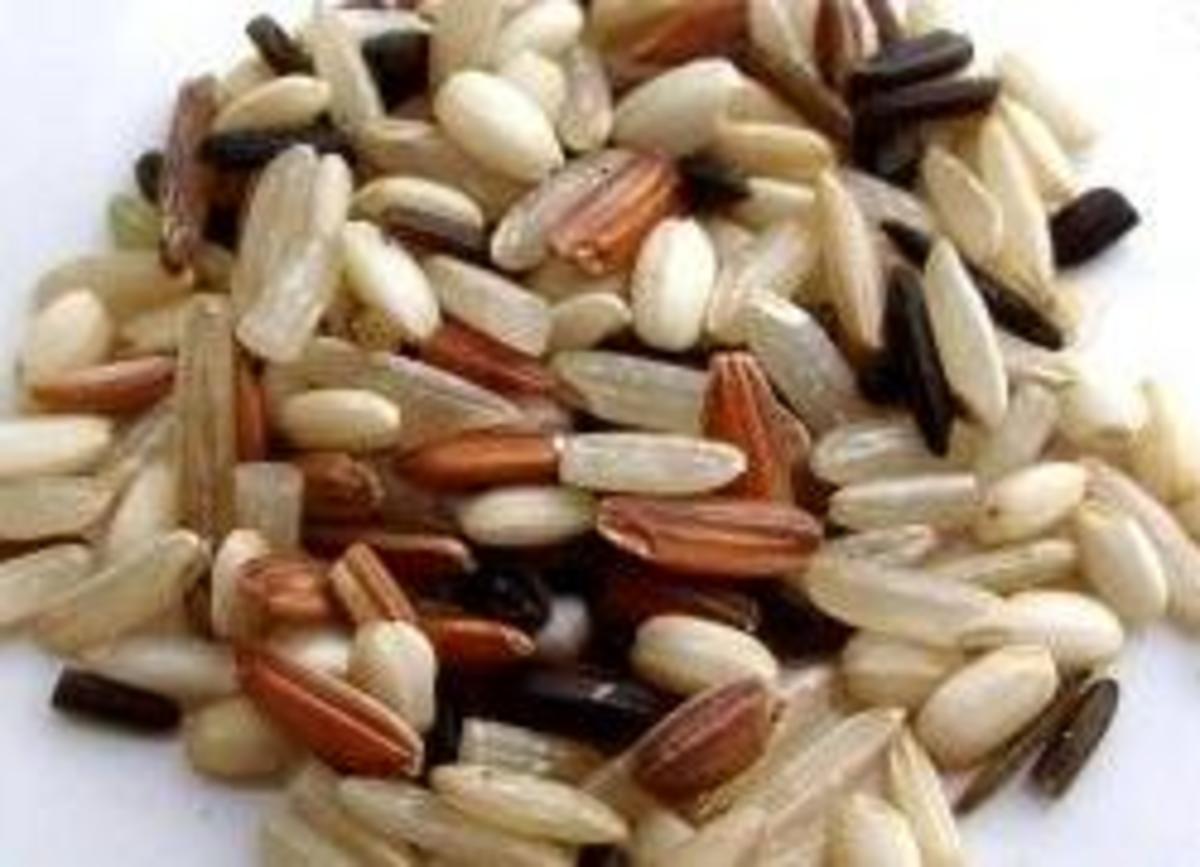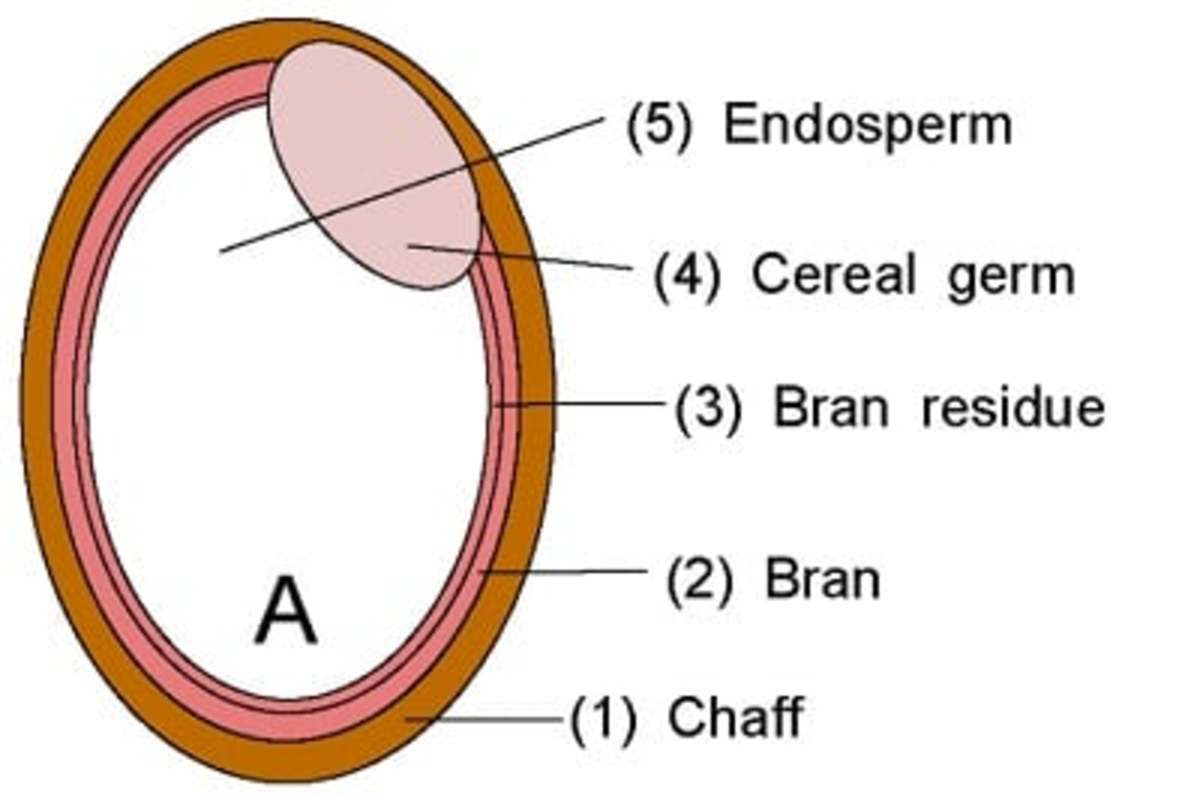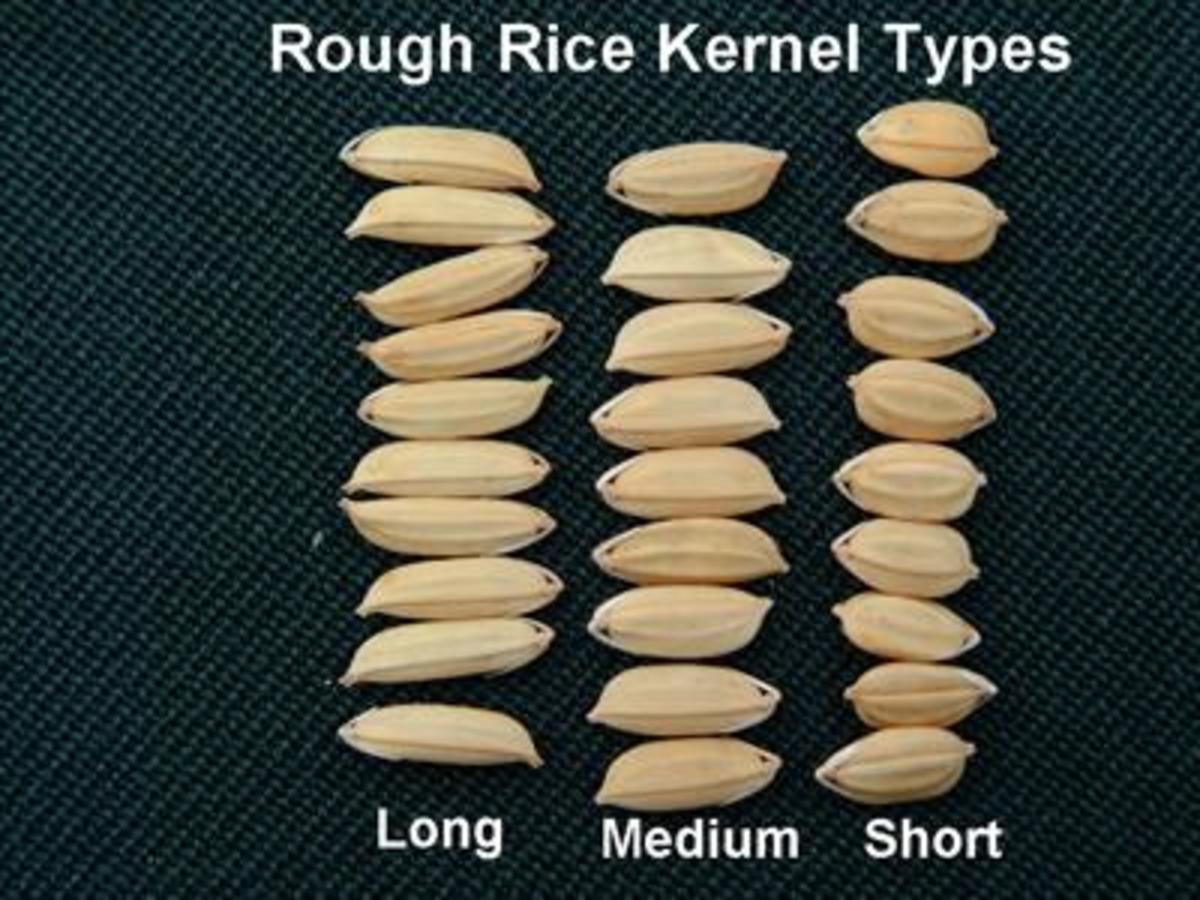How rice is grown -different types of rice.
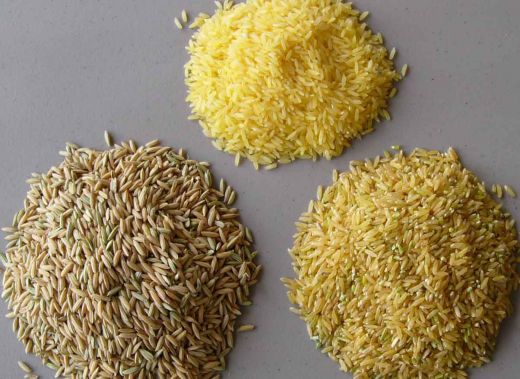
Rice and Grains
Okay you have been reading about rice all day and the last thing you want in another factual account of how rice is grown and how it is cooked right? Right now there is an interesting project being undertaken the 'Circles for Life Project' in America . The project is designed to reduce the number of valuable inputs which are put in to produce rice and grains. The sustainability of crops will become an increasing concern as the impacts of climate change are felt in the agricultural community. For instance the delivery and conveyance of water reserves is highly important and problematic during periods of drought. In the video at the foot of this page it is easy to see how conventional water runs off during the irrigation process new design of machinery and water.delivery systems are looking at reducing this phenomenon.
My research on the topic of Rice and Grains for the Eat Drink & be Hubberlicious contest has come up with some remarkable results.Interesting the wholesaling and distributions of rice and grains are performed by international companies. Companies like Kraft, Calrose, Heinz, Parmalat are the one that are involved in this process. Whereas the actually growing of the product the rice is usually performed for the most part by small individual farmers working on small plots. Whereas the multinational companies distributing the rice operate on all four continents.
Best Food Writing
Rice and Grains
There are literally hundreds of rice varieties are grownaround the world. Rice can be categorised as long, medium or short grain.Long-grain rice’s are thin, dainty and pointed, while medium grain and shortgrain rice’s are plumper, starchier and more absorbent.
Medium-grain rice’s include Spanish varieties such as Calasparra, Valencia,and some others sold as Paella rice’s, plus the risotto rice’s Arborio, vialone Nano and Carnaroli. Pudding rice, Sushi rice, and the Spanish variety bomba areexamples of short-grain varieties. Fat, creamy grains of pudding rice are idealfor making a comforting dish of rice pudding.
Long-grain rice’s, if cooked properly, will stay separate and fluffy, as ina good pilau. Basmati and Patna from Asia are two examples, though NorthAmerica produces a great deal of long-grain rice too.
Some varieties may also be described as sticky or glutinous (thoughthey do not contain gluten). The name refers to their texture once cooked. Thegrains hold together, making them easy to mould into sushi and pick up withchopsticks.
Fragrant rice’s, which have a mouth-watering scent, are popular throughoutAsia and there are many grades and varieties. That most commonly found on salein Britain is called Thai fragrant rice or jasmine rice. It's a slightly stickylong-grain variety.
Wheat
Wheat is the most familiar cereal used in Britain today and is made intobread, cakes, biscuits, pastry, breakfast cereals and pasta. Whole wheat grainshave a satisfying, chewy texture, but as their cooking time is so long it ismore common to see further-processed varieties on sale.
Cracked wheat is dried whole grains of wheat that have been cut by steelblades so that the starchy interior is revealed and cooking time reduced.Bulgar wheat is par-boiled before cracking. It has a light texture and onlyneeds re-hydrating by soaking in boiling water or stock.
Other varieties
Barley grows in a wider variety of climatic conditions than any othercereal, so can be found in traditional diets of North Africa and Asia as wellas the cold Highlands of Scotland. It is available in wholegrain, 'pot' orsemi-pearled (meaning partially milled), pearled (which means the grain hasbeen polished to remove the seed coat), as well as barley flour and cerealflakes. Pearl barley is a hearty addition to stews and casseroles and can beused to make a risotto-like dish. Barley flour makes deliciously sweet breads.
Flour milling
Wheat, rye and barley, and sometimes rice, are milled to produceflour. In flour milling the Grain is cracked open to allow separation of the variouscomponents of the grain. The endosperm is retained along with varying amounts of the bran,aleurone and germ components producing flour of different extraction rates.
Polishing
In rice milling, the husk is removed to produce brown rice.Pearling or abrasive milling involves removal of the bran and germ layers toproduce white or polished rice.
Malting Barley is mainly germinated and dried to produce malt forbrewing beer, making vinegar and whisky and for flavouring breakfast cereals.Barley grains are milled in the same manner as rice to produce pearled barleygrains (mainly used for soups). Barley can also be milled to produce flour andflakes. Barley flakes are produced by flattening the grain between rollers.They are used in the manufacture of breakfast cereals.
Flaking Oats are usually eaten as a whole grain as it is difficult toseparate the bran from the endosperm. Oats are dried or steamed to inactivate enzymes whichbreak down the relatively high fat content of oats, and in so doing, preventthe development of rancidity during processing. The groats (endosperm) and branlayer are then separated from the hull to produce old fashioned oat flakes. Thegroats can be cut, heated with steam and then rolled to make oat flakes. Oatflour is made by grinding steam-heated groats. Oatmeal can be added to whiteflour for bread-making.
Kibbling or cracking
Cracked or kibbled grains, usually rye and wheat, are crackedand broken open by passing the grains through a steel-bladed mill. They aresometimes soaked and then added to bread dough to add texture and flavour.
Maize Milling Maize is either dry milled or wet milled or the immature maizecan be eaten fresh as a vegetable (sweet corn). Indry milling, the germ of the corn kernel is removed and the endosperm milled toproduce grits, flour, meal and hominy feed. Maize meal is used to maketortillas. In wet milling, the protein and starch are separated. The starch isused in packaged foods. It is also hydrolysed to produce dextrose, corn syrupsolids or glucose for use in food production. Fibre and protein by-products ofwet milling are used as animal feed. The germ is used as raw material for maizeoil production by mechanical pressing or by extraction methods.More than 95% of maize produced in the USA is used to produce awide range of food Ingredients,
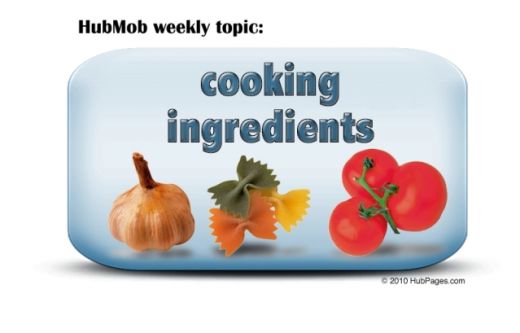
Why Grains are processed
Digestibility - processing is required to make dried grains edible and digestible.
Food safety - cooking inactivates natural toxins, such as trypsin inhibitors (enzymes) in
oats and maize. Heat also prevents bacterial growth and food spoilage.
Organoleptic properties - processing can optimise the appearance, taste and texture of
foods to meet the needs of consumers. Convenience - ready-to-eat food products meet consumer demand for quick and easy meal solutions. Maximise their nutritional value - processing can make it easier for nutrients from grains to be digested. Nutrients lacking in the diet can be added to staple grain-based foods (e.g. thiamine added to flour).
Should you wash rice before cooking? It depends on the recipe. In cases such as risotto or rice pudding, where you want to capitalise on the rice's starchiness to make the dish creamy, washing the rice would be detrimental. Conversely, when making sushi, the rice needs to be washed several times before cooking in order to achieve the right texture. It can be useful to rinse or wash basmati when making pilaf's to get rid of some of the starch and help make the result fluffier. Most wholegrain rices benefit from a quick rinse before cooking to minimise the froth forming on the surface of the boiling liquid.



